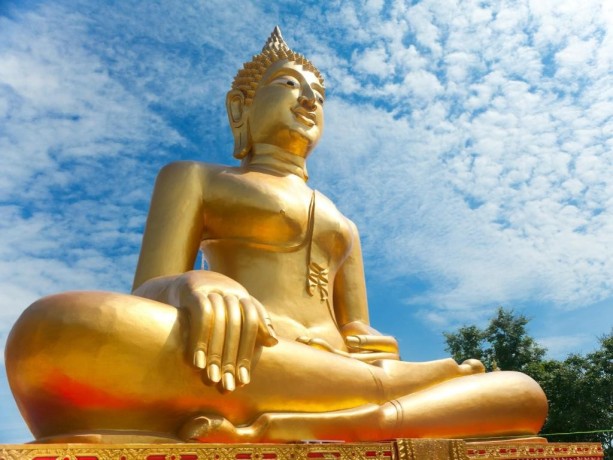Buddha Jayanti (Buddha Purnima) Professional
Aug 18th, 2023 at 10:04 Blogs Kathmandu 455 views Reference: 679Location: Kathmandu
Price: Contact us
Buddha Jayanti, also known as Buddha Purnima, is a significant and revered festival that commemorates the birth, enlightenment (nirvana), and death (parinirvana) of Siddhartha Gautama, who later became known as Lord Buddha. This festival holds immense importance in Nepal, especially in Lumbini, the birthplace of Buddha, and other Buddhist communities around the world. Buddha Jayanti falls on the full moon day of the Nepali month of Baisakh, which typically corresponds to April or May in the Gregorian calendar. Let's explore the significance and observance of this auspicious day:
1. Birth of Lord Buddha: Buddha Jayanti marks the birth of Siddhartha Gautama in Lumbini, which is now a UNESCO World Heritage Site in Nepal. According to Buddhist tradition, Siddhartha was born in the Lumbini Garden, and this event is celebrated with joy and reverence.
2. Enlightenment (Nirvana) of Lord Buddha: Buddha Jayanti also commemorates the day when Siddhartha attained enlightenment under the Bodhi tree in Bodh Gaya, India. This event is central to Buddhist teachings and symbolizes the realization of the Four Noble Truths and the path to liberation from suffering.
3. Death (Parinirvana) of Lord Buddha: The third aspect of Buddha Jayanti is the observance of Lord Buddha's death, which is referred to as his parinirvana. It is believed that Buddha passed away in Kushinagar, India, achieving parinirvana, the final stage of liberation from the cycle of birth and death (samsara).
4. Spiritual Practices: On Buddha Jayanti, devotees visit Buddhist monasteries, stupas, and temples to pay homage to Lord Buddha. They offer flowers, incense, and lamps, and engage in prayers and meditation. Many Buddhists also participate in processions, where religious scriptures and images of Buddha are carried while chanting hymns.
5. Acts of Compassion: Buddha's teachings emphasize compassion, kindness, and the pursuit of inner peace. On Buddha Jayanti, many Buddhists engage in acts of charity, donate to the less fortunate, and practice loving-kindness, reflecting the core values of Buddhism.
6. Symbolism of White: White is the symbolic color of purity and peace in Buddhism. Devotees often wear white clothes on Buddha Jayanti, and white banners and flags adorn monasteries and stupas.
7. Cultural and Festive Atmosphere: Buddha Jayanti creates a cultural and festive atmosphere in Buddhist communities. It's a time when people come together to celebrate Buddha's teachings, share stories from his life, and participate in religious and cultural events. Buddha Jayanti transcends borders, uniting Buddhists worldwide in the celebration of a remarkable figure whose teachings continue to inspire millions to lead lives of compassion, wisdom, and inner transformation. In Nepal, the significance of Lumbini, the birthplace of Buddha, adds a unique dimension to this festival, making it an essential part of the country's spiritual and cultural heritage.



Om mane Padme hu